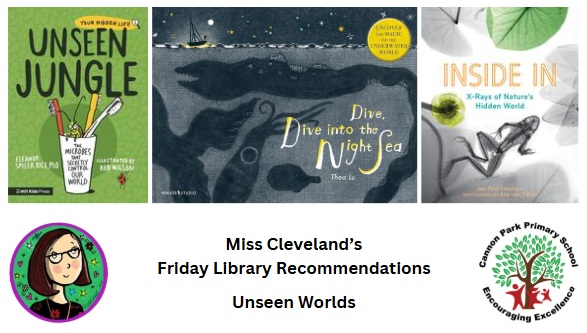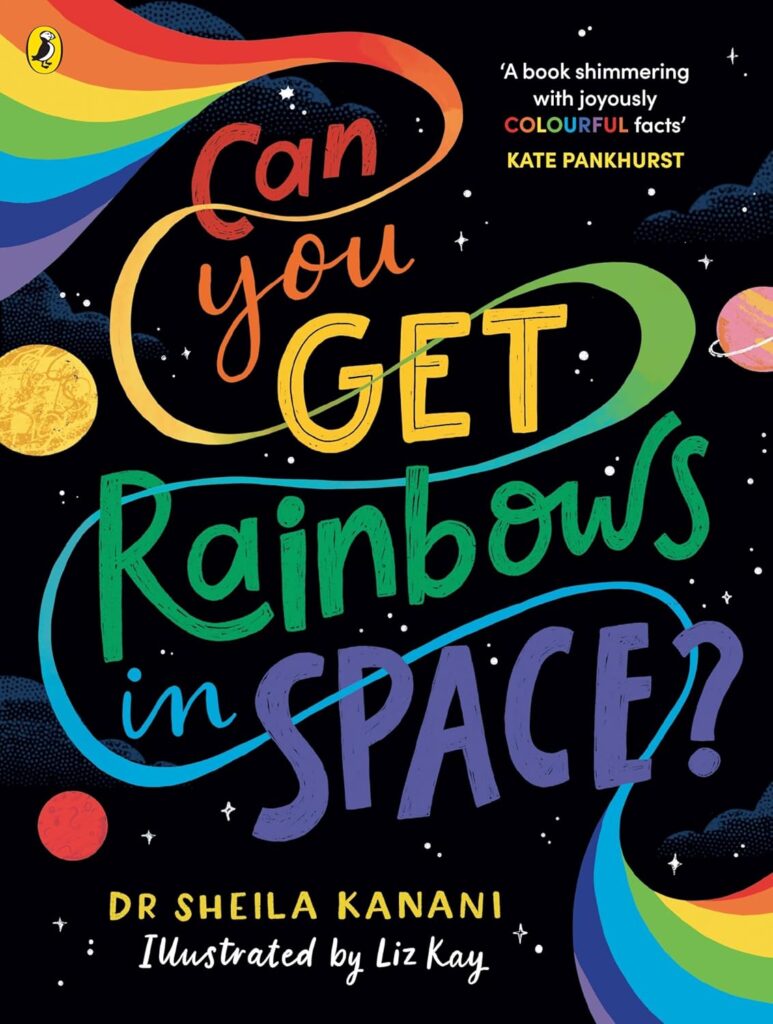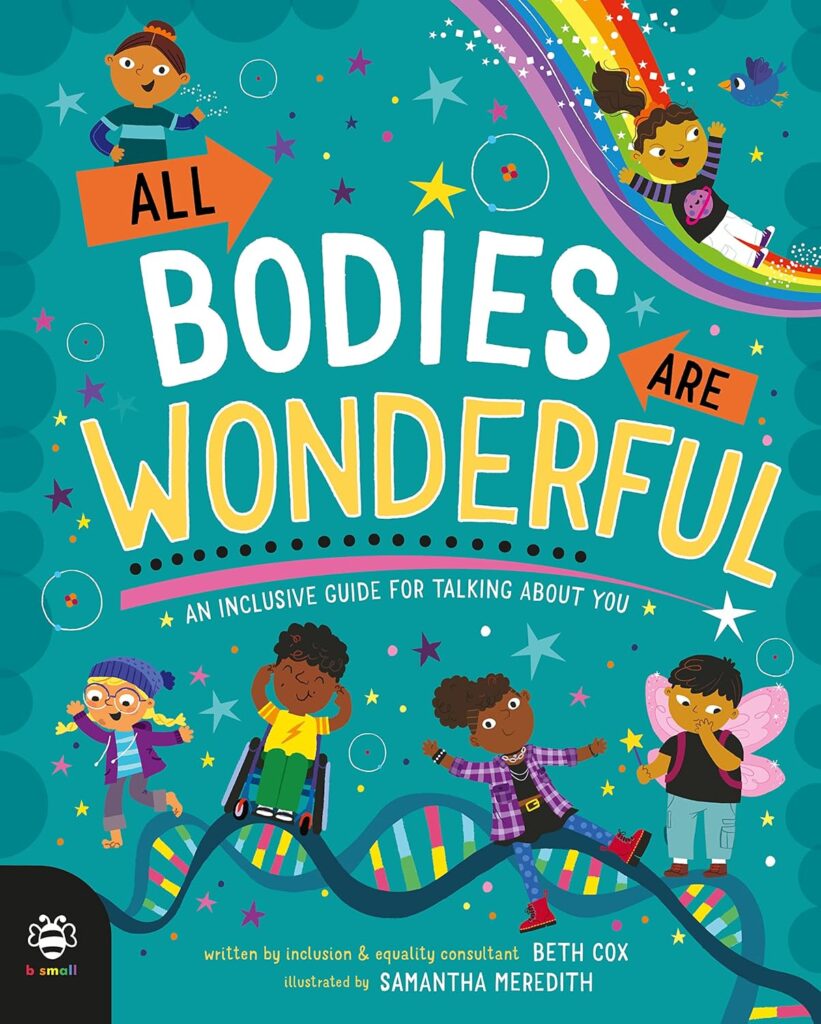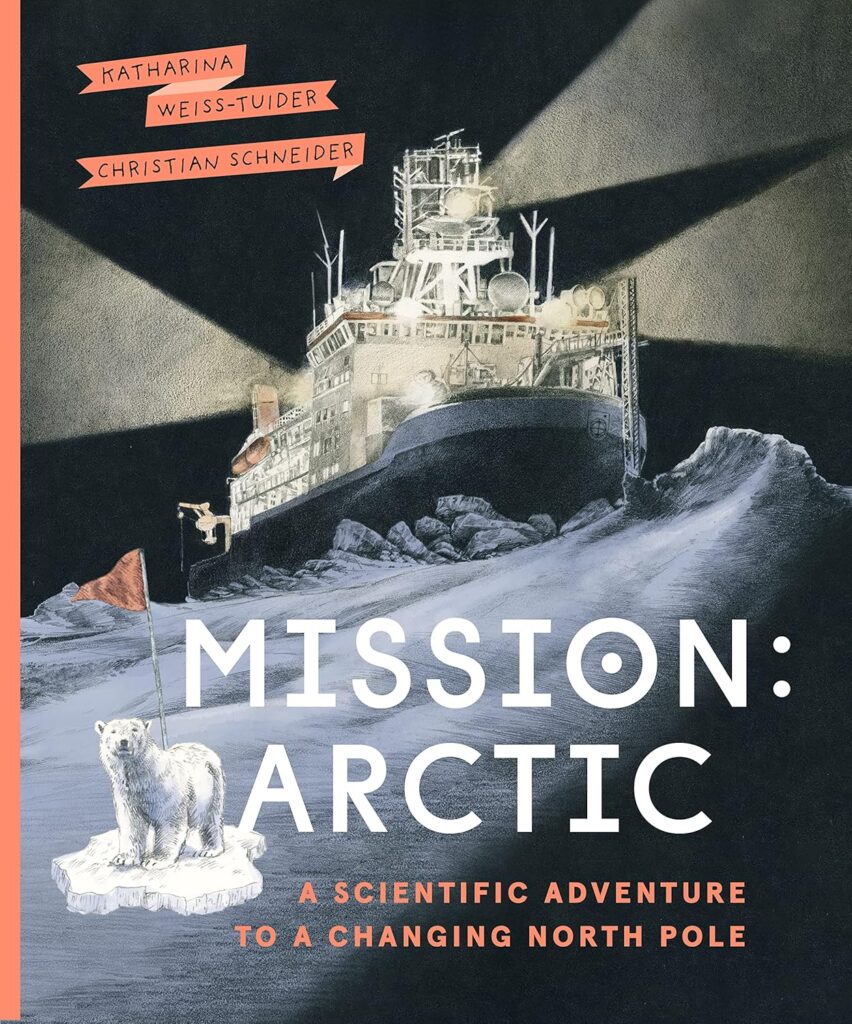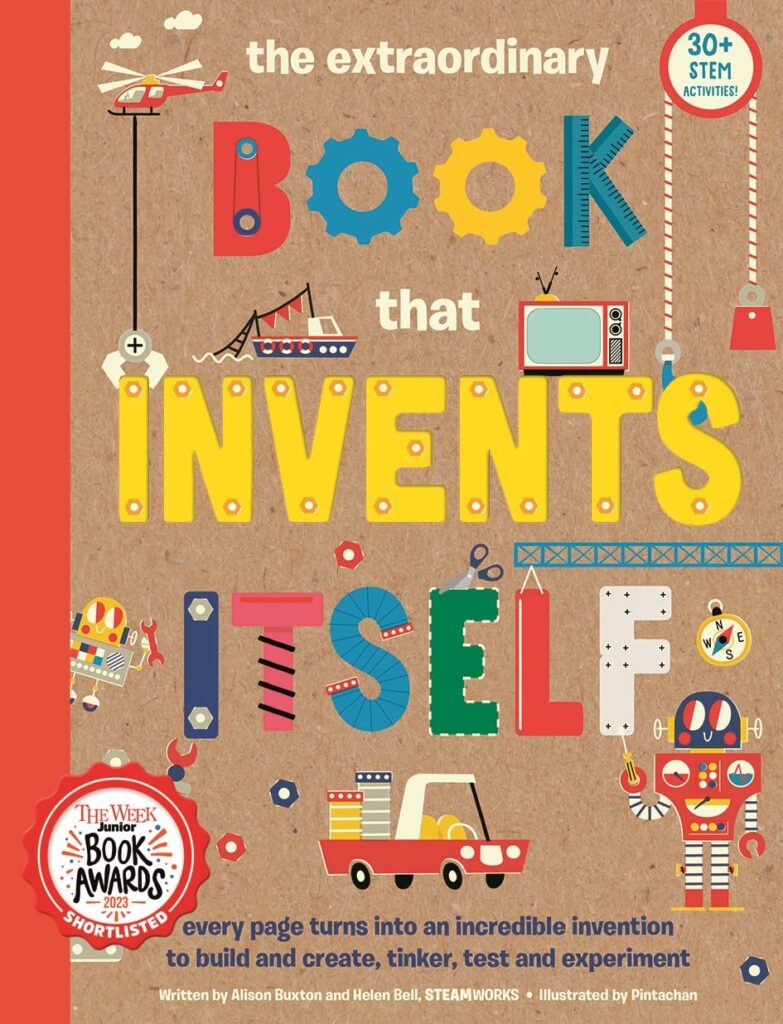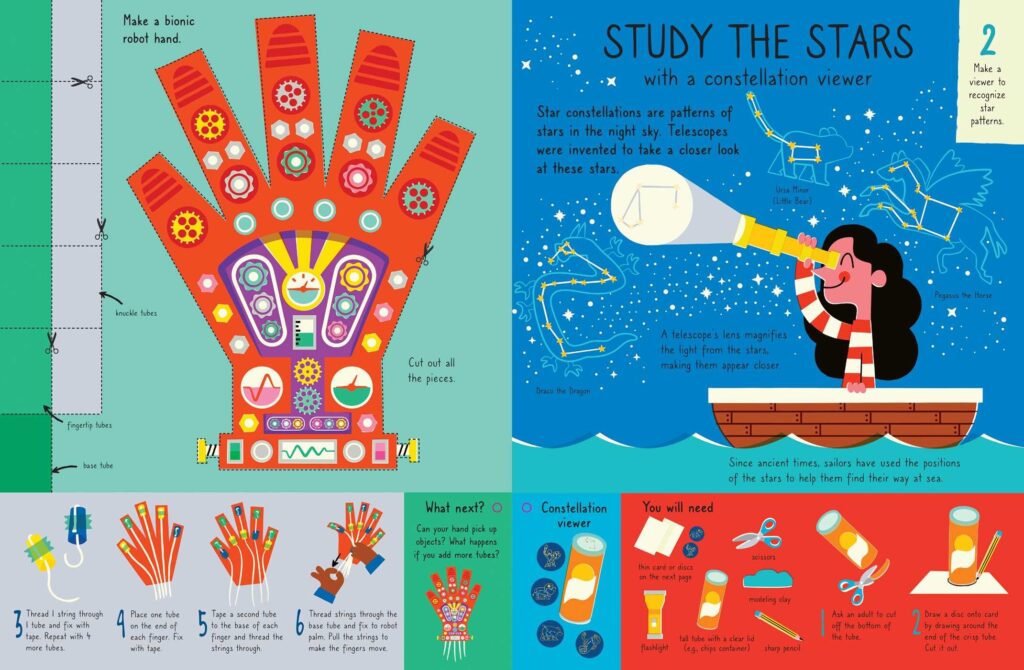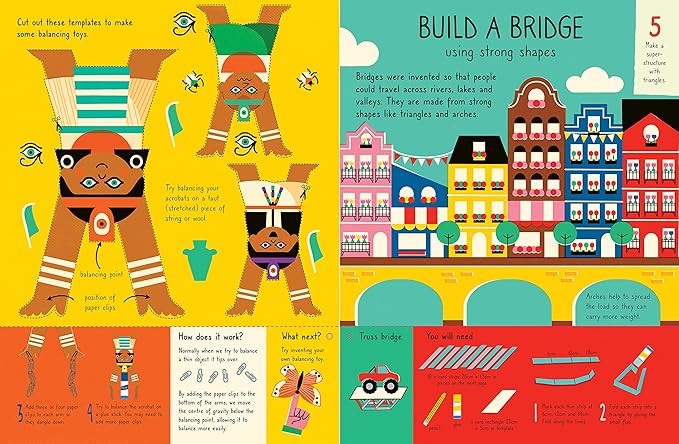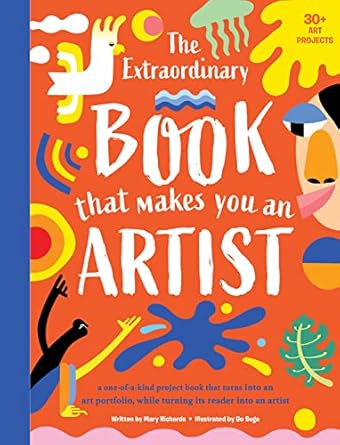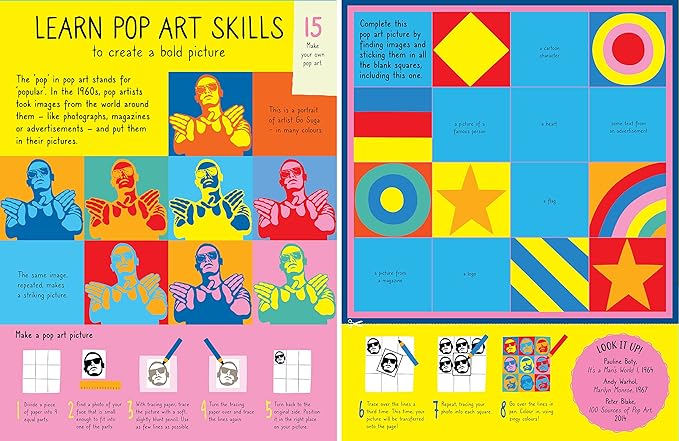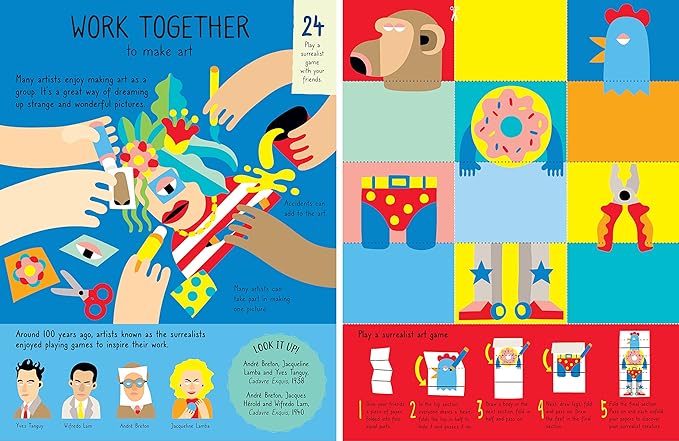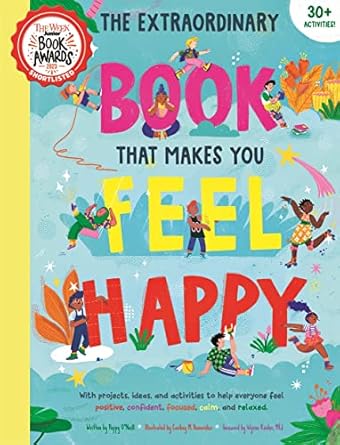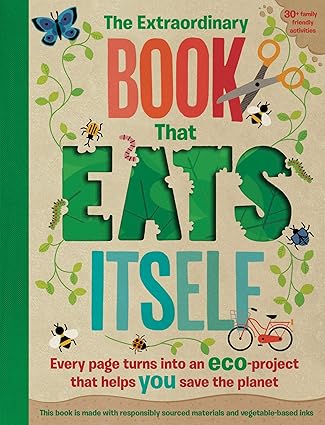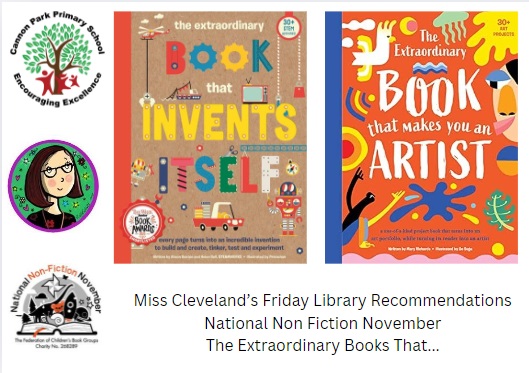Friday Library Recommendations: Unseen Worlds
This week, inspired by the science competition earlier this year, Mrs Nagra asked for books that link to Unseen Worlds…
First I have chosen Unseen Jungle by Eleanor Spicer Rice, illustrated by Rob Wilson.
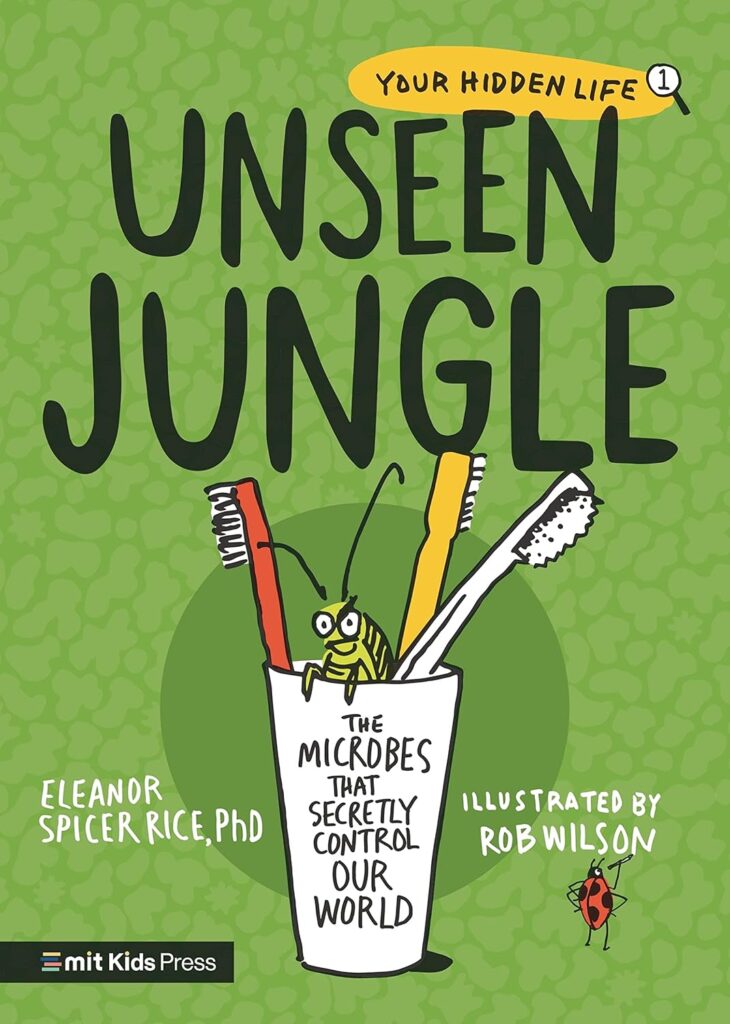
If you love gross facts, quirky humour, and science that makes you say “eww” and “wow” in the same breath, Unseen Jungle is a must-read. Written by entomologist Eleanor Spicer Rice, this non-fiction book takes young readers on a wild journey into the microscopic world of microbes, those tiny creatures that live in, on, and all around us.
Blending fun facts, expert interviews, limericks, and even a step-by-step drawing lesson of E. coli., every page is an invitation to explore the strange and fascinating world of microbes in a way that is both educational and wildly entertaining. With its colourful, and often hilariously disgusting, illustrations, Unseen Jungle manages to turn complex science into something completely accessible and engaging. The book is packed with laugh-out-loud moments from fungi that turn houseflies into zombies to termites whose farts are helping save the planet, making it perfect for curious minds who love both science and silliness.
Highly recommended for budding scientists, fans of all things weird and wonderful, and anyone who thinks science should be as fun as it is fascinating. The book encourages curiosity, critical thinking, and a love for science. Unseen Jungle is a delightfully gross, deeply informative, and surprisingly charming read. It might even inspire you to look at the world (and your own belly button) a little differently.
My next pick is Dive, Dive Into The Night Sea by Thea Lu
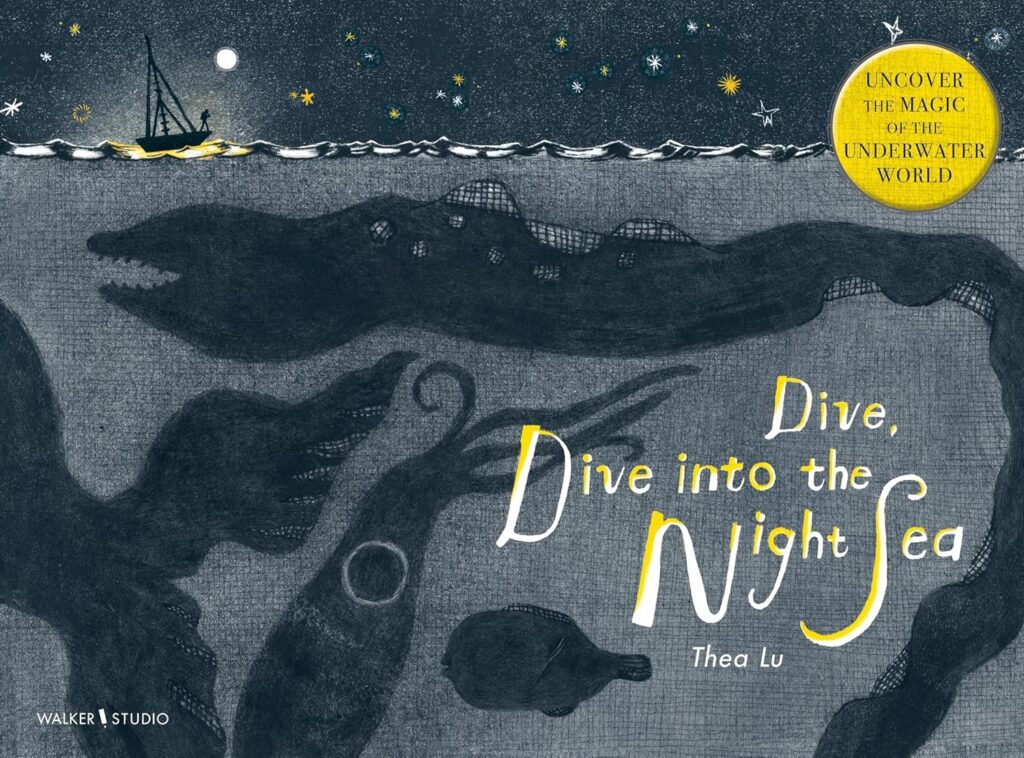
If you are curious about the ocean and enjoy beautifully illustrated books filled with fascinating facts, Dive, Dive Into The Night Sea is a fantastic lift-the-flap picture book that takes readers on a magical journey beneath the surface of the sea after the sun goes down.
With her award-winning illustration style, Thea Lu brings the mysterious world of the night sea to life. Each page is filled with rich, atmospheric artwork showing glowing coral reefs, majestic manta rays, and even whales resting in the deep. The flaps throughout the book reveal hidden creatures and intriguing facts about how marine animals survive in the dark, making it both a visual treat and a learning opportunity.
This book strikes a brilliant balance between storytelling and science, encouraging independent readers to explore, discover, and think critically about the world around them. The text is engaging but not overwhelming, with just the right level of detail to spark curiosity without feeling like a textbook.
A truly enchanting book that turns reading into an underwater adventure, and proves there is far more to the ocean than meets the eye, its a great choice for children who enjoy nature documentaries, exploration, or non-fiction with a touch of wonder,
And finally, Inside In by Jan Paul Schutten, with photography by Arie van’t Riet.
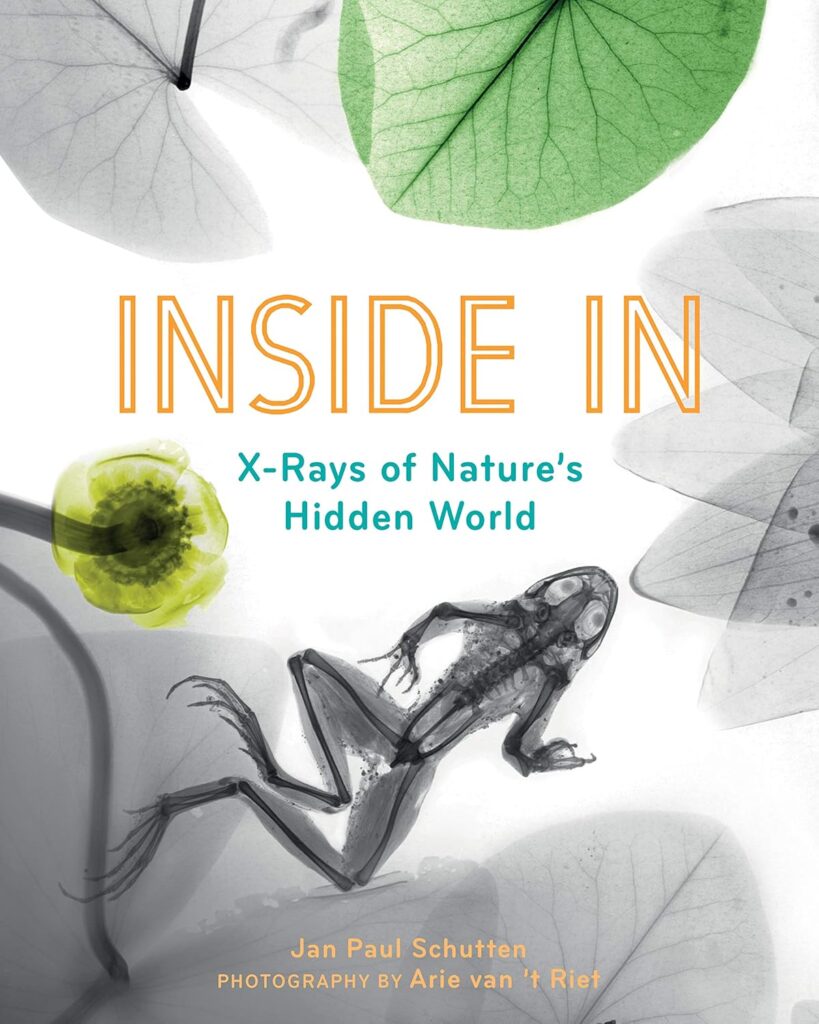
If you are fascinated by the natural world, Inside In by Jan Paul Schutten is an absolute must-read. Packed with stunning X-ray images, this award-winning book gives readers a peek beneath the surface of animals, insects, and plants, revealing the incredible structures that help them survive and thrive.
Using real scientific imaging, Inside In takes a unique approach to biology by showing how creatures look on the inside. Readers will discover what lies beneath a bee’s fuzzy coat, how a seahorse’s bony armour protects it, and even how a tree frog uses its eyes to help it swallow! Each page pairs these amazing visuals with short, simple explanations, making complex scientific ideas accessible to all.
The striking black backgrounds and neon colours give the images an almost magical quality, sure to capture the curiosity of any budding scientist. It’s a brilliant blend of science and art that turns every page into a miniature science lesson without feeling like one.
Whether you are already a nature enthusiast or just beginning to explore the animal kingdom, this book offers plenty of moments of awe and wonder to spark questions and conversations about biology, anatomy, and the wonders of nature. Highly recommended for curious minds of all ages.
Happy reading!
